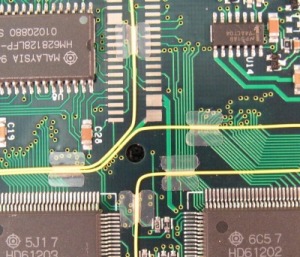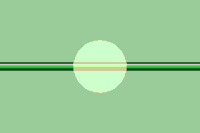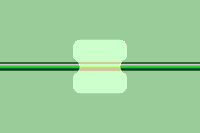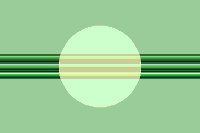Tel: +36-20-260-6018
Fax: +36-1-258-6522


| About us | Products | WEBSHOP | Contact | Discount |
Plated Holes
Base Board
ECO/Rework
Practice
310-2100 Flextac Wire Dots
|
Flextac Wire Dots are a wire tacking system consisting of pre-cut shapes of a thin, flexible polymer film membrane coated on one side with a high performance, electronics grade permanent pressure sensitive adhesive. The result is a highly conformable, high strength bond. The adhesive release liner is an environmentally stable poly-coated kraft liner. As with any wire tacking material, in order to achieve maximum bond strength and reliability, application surface must be clean, dry and free of flux, skin oils and other contaminants. Clean with isopropyl alcohol or equivalent if necessary. Firm application pressure develops better adhesive contact and thus improves bond strength. Avoid placing Flextac Wire Dots or any other wire tacking material directly over exposed copper or plated surfaces. Flextac Wire Dots will perform best when applied at temperatures between 60F (15C) and 100F (38C). Do not apply below 50F (10C). |
|
|
General Performance Characteristics
- Bond Strength
- Humidity Resistance
- Temperature Cycling and Bond Strength
- Cleaning Process Resistance (chemical & hot water)
- Temperature Range
- Repositioning
- Shelf Life
- Applications |
|
|
|
|
|
310-0651 Wire Dots, 6.5mm Round |
310-0652 Wire Dots, 6.5mm Square |
|
|
|
|
310-1001 Wire Dots, 10.0 mm Round |
310-1002 Wire Dots, 10.0 mm Square |
|
Physical and Thermal Properties |
|
Property |
Typical Value |
Unit |
Test Method |
|
Peel Strength 72 hrs @ 22C |
84 |
0z./in. |
ASTM D3330 Modified |
|
Static Shear Strength 72F (22C) / 1000g |
>10.000 |
min |
ASTM D3654 |
|
Tensile Strength (Yield) 72F (22C) |
>2.600 |
psi |
ASTM D2370 |
|
Elongation |
100 |
% |
ASTM D2370 |
|
Thermal Conductivity |
0,17 |
w/m-k |
ASTM C518 |
|
Coefficient of Thermal Expansion |
5,5 × 10-4 |
m/m/C |
ASTM D696 25-175C |
|
Electrical Properties |
|
Property |
Typical Value |
Unit |
Test Method |
|
Dielectric Strength |
1700 |
volts/mil |
ASTM D149 |
|
Dielectric Constant 25C, 1 kHz |
3.4 |
- |
ASTM D150 |
|
Dissipation Factor 25C, 1 kHz |
0.018 |
- |
ASTM D150 |
|
Surface Resistivity - Adhesive Layer |
>1×1014 |
ohm/square |
ASTM D257 |
|
Surface Resistivity - Polymer Film Layer |
>1×1016 |
ohm/square |
ASTM D257 |
|
Volume Resistivity - Adhesive Layer |
>1×1015 |
ohm/cm |
ASTM D257 |
|
Volume Resistivity - Polymer Film Layer |
>1×1018 |
ohm/cm |
ASTM D257 |
|
Insulation/Moisture Resistance - Adhesive Layer |
>1×1011 |
ohm |
MIL-I-46058C (100VDC 60sec) |
|
Insulation/Moisture Resistance - Polymer Film Layer |
>1×1012 |
ohm |
MIL-I-46058C (100VDC 60sec) |
|
Voltage Breakdown |
3500 |
volts |
- |





